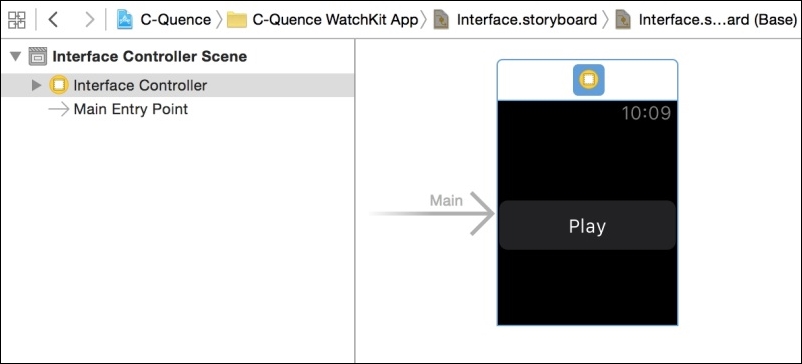Now that we have a strong framework in place, we can begin to turn those empty functions into fully implemented methods, after which C-Quence will be a fully functioning watchOS app.
You will probably be delighted to discover just how easy this is, having reached a point at which we have already decided both how the app is structured at a high level and roughly which methods we need our two classes to provide. The basic app may look only half finished, but it is, in fact, much further than that.



























































